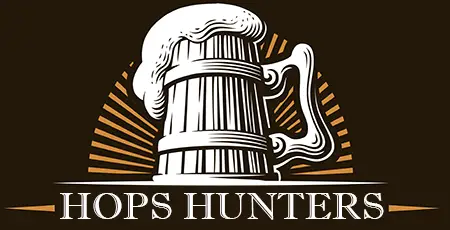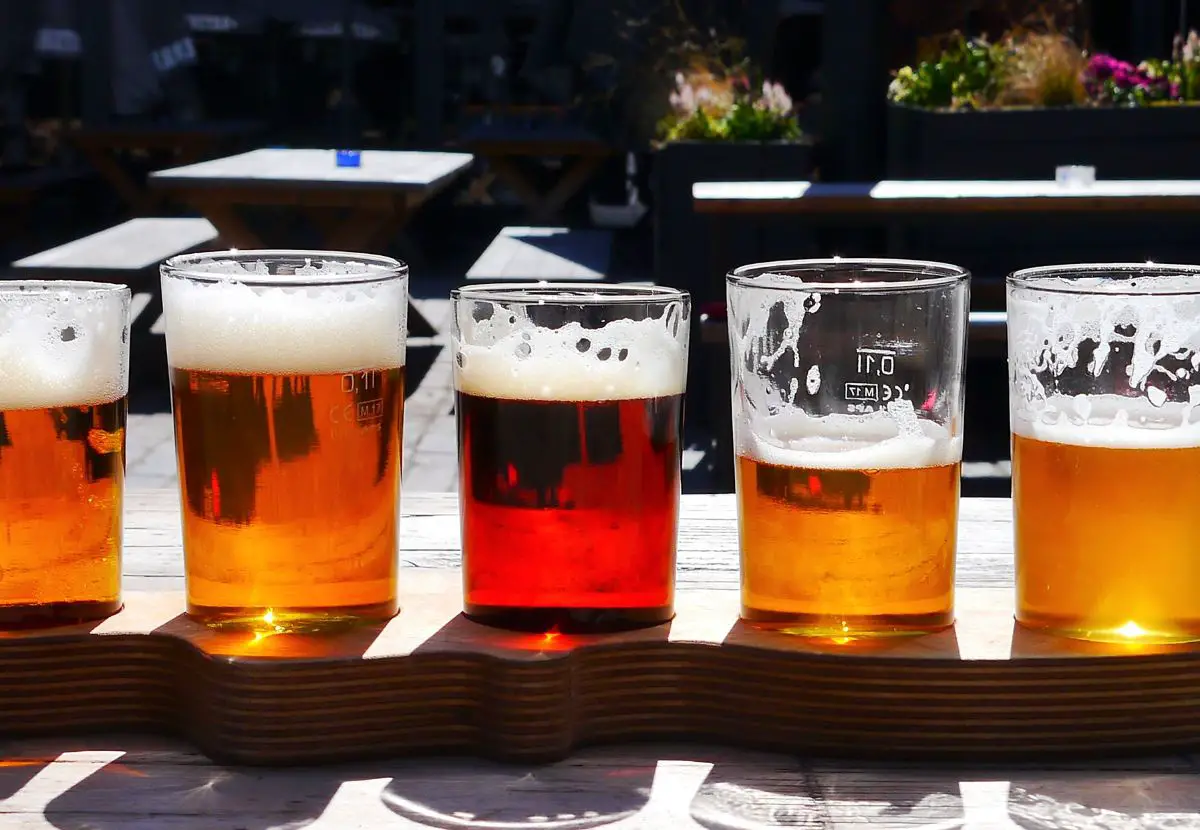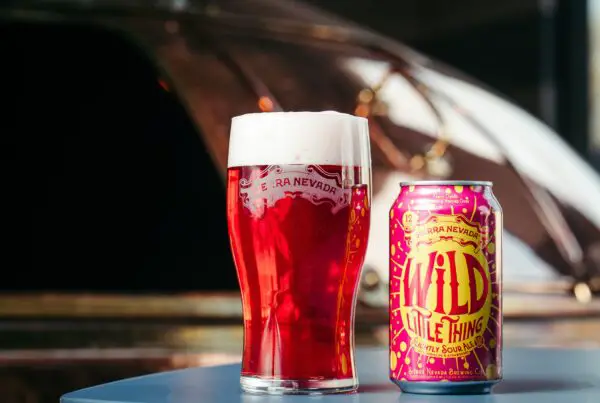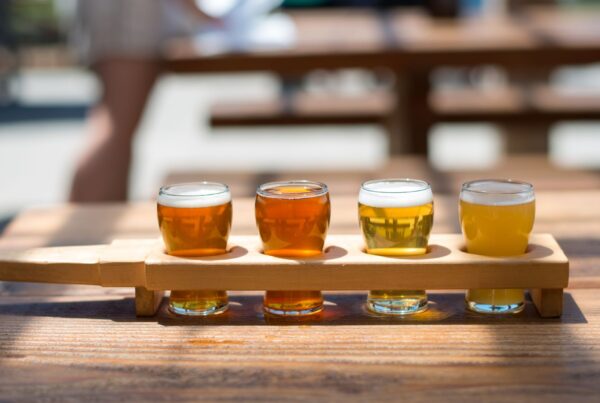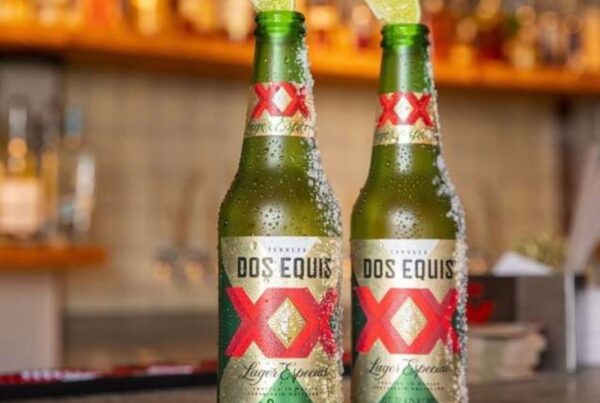What Does SRM Mean in Beer Terminology?
Whether you call it Beer SRM, SRM in beer, or go the long route and refer to it as the “Standard Reference Method,” it’s an important aspect of beer science that often goes unnoticed by casual drinkers. But what does it actually mean?
In this guide, we’ll investigate the subtleties of utilizing the SRM scale to quantify lager shading. We’ll look at how different SRM values are achieved through various factors such as malt type (i.e. roasted barley) and brewing methods.
We’ll also look at some popular American beers across the SRM spectrum—from light lagers and blonde ales to dark beers like stouts. By understanding beer’s SRM scale, you can enhance your appreciation for the artistry of your local breweries—and make more informed choices when selecting your next pint.
What is SRM in Beer?
SRM helps us quantify beer color, providing an objective scale for measuring and describing the range of colors found in beers. This metric provides an objective way to describe a beer’s color, which can offer clues about its ingredients and brewing techniques.
From the lightest American lagers to British brown ales, SRM gives brewers and enthusiasts a common vocabulary to talk about a beer’s hue.
How Does Beer Color Affect Taste?
Hops primarily impart bitterness, but they can slightly affect beer color too. However, it’s the malts that give each type its distinctive shade:
- Lightly-roasted malts result in lighter colored beers like cream ales, while darker roasts result in deeper hues seen in brown ales or stouts.
- Caramelization during the brewing process not only contributes to taste but also plays a crucial role in developing beer color.
- Some brewers utilize additives like caramel coloring or dark fruits to further affect beer color.
- Unfiltered beers tend to have more complex flavoring due to their higher yeast content, making them appear cloudier and darker on the SRM scale.
In the next section, we’ll delve into how exactly this measurement takes place…
Measuring SRM in Beer
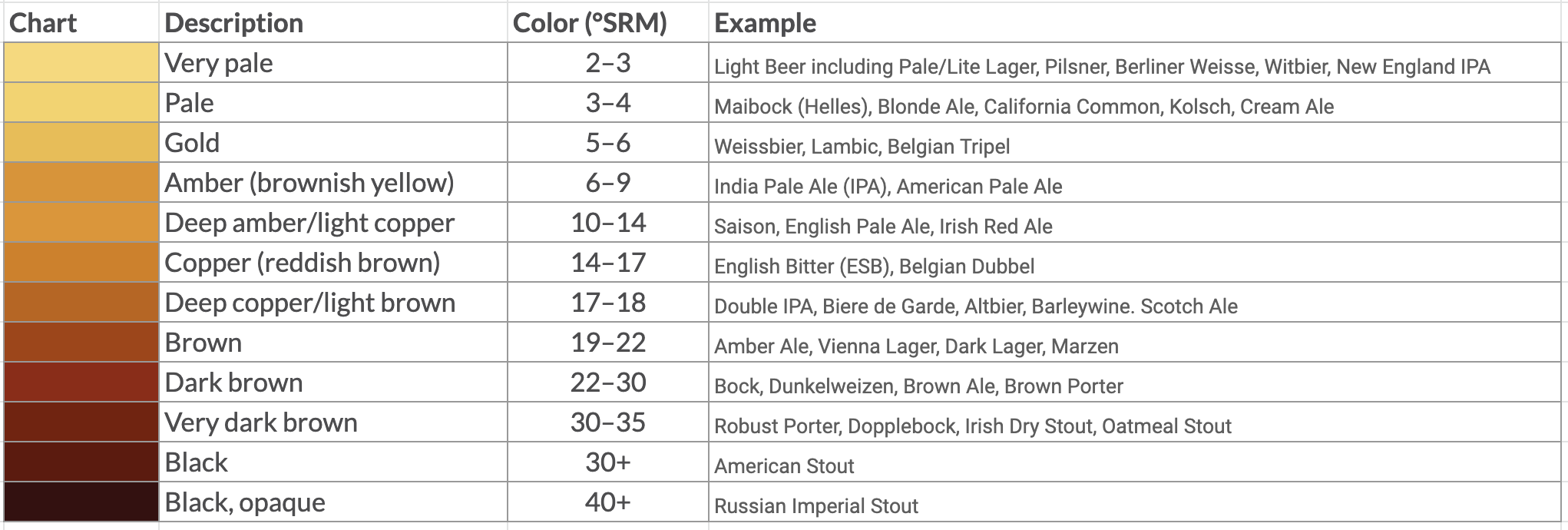
The SRM scale, or Standard Reference Method, is a system used by craft brewers and brewing chemists to measure the color of beer. The original method involved using colored glass standards with different concentrations of iodine solution to compare against the beer’s color, but today, we use a device called a spectrophotometer:
- A spectrophotometer measures the light passing through 1 cm of beer. The darker the brew, the less light passes through.
- This measurement is then compared to solutions with known absorbance levels on an SRM chart. And voila. You’ve got your number.
Brewers utilize additives and different brewing techniques to achieve desired colors that align with specific styles. Each style has its own typical range on the SRM scale.
In developing beer color, one key process stands out—caramelization. It involves heating sugar at high temperatures, resulting in flavor compounds and darkening effects. Most people think hops only impart bitterness, but they can affect beer color too:
- English Pale Ales, for instance, are made using lightly roasted malts, while American Amber Ales or Brown Ales may require darker roasts resulting in deeper hues.
- Unfiltered beers tend to be hazy due to yeast particles suspended within them, causing their appearance on the SRM scale to vary significantly from filtered versions.
Now you know how SRM measurement works, let’s move on to understanding what these numbers mean in the next section.
The SRM Scale
As mentioned above, the SRM scale quantifies how much light can pass through 1 cm of beer in a specific type of glassware, essentially measuring the beer’s translucency. Understanding the SRM scale helps us appreciate not just the aesthetics of beer, but can even give you some insights into the flavor profile and ingredients used.
Light Beers on the SRM Scale
Starting from the left side of the SRM scale chart we have lighter beers (not to be confused with “light beer“) like blonde ales and light lagers. They usually fall between 2-6 SRM values.
Darker Shades: Mid-range & Dark Beers
As we move towards the twilight zone of beer—mid-range colors of 7-14—we find popular pale ale styles, including the IPA. And as we come over to the dark(er) side, we naturally have your less-translucent beers like porters and imperial stouts. These brews often have an intense hue thanks to their roasted barley content. They usually range >30 up until the 40s on the SRM color spectrum.
Key Takeaway:
The SRM scale is a system used to measure the color of beer, helping us appreciate its aesthetics and understand the flavor profile. Light beers commonly fall between 2-6 SRM values, while darker beers like porters and stouts have higher SRM values due to their roasted barley content. Understanding SRM allows for a deeper appreciation of brewing techniques and can influence taste perception.
4. Popular Beers with Different SRMs
As a beer aficionado, you may have noticed the range of hues in your favorite beers—and these colors aren’t just for decoration; they offer insight into the brewing process and ingredients used. It’s not just for show—each color give a lot of info about the brewing techniques and ingredients used:
- Pale Ale – Craft brewers love this one, with an SRM range of 5-14. It’s golden and earthy, thanks to lightly roasted barley.
- Blonde Ales – These light beers sit at 3-6 on the SRM scale. They’re bright and beautiful, with minimal malt roasting.
- Light Lagers – Crisp and refreshing, these lagers have an SRM value of 2-3. They’re practically straw-like in appearance.
- Darker Beers like Stouts & Porters – These bad boys go all the way up to 40+ on the SRM scale. They get their rich darkness from heavily roasted malts/grains.
Why does this matter? Well, a beer’s color can give you a sneak peek into its taste before you even take a sip. It’s not necessarily an essential element to contemplate when trying out different beers—but it’s fun (and a good way to show off to your friends).
The Importance of Knowing About SRM in Beer
A Palette Beyond Looks
Did you know beer color can be an indicator of taste? Hops bring bitterness, but they also play a role in the hue. And hey, caramelization isn’t just about flavor—it can subtly influence the color too.
Navigating The Beer Color Spectrum With Ease
With knowledge of how brewers use additives and techniques to develop beer color on the SRM scale, you’ll breeze through IPAs, English Brown Ales, and American Amber Ales.
Detecting Quality & Craftsmanship
Unfiltered beers tend to be hazy, but that’s not a flaw—it’s a style choice. And clarity in light American lagers? That’s a result of extensive filtering. It’s all about the skill and expertise involved, mate.
Beer SRM FAQ
(Because we need more 3-letter acronyms.)
- What is the difference between EBC and SRM? EBC (European Brewery Convention) and SRM? Both measure color, but they use different scales. EBC values are about 1.97 times higher than SRMs.
- What is the SRM of a beer? The SRM (Standard Reference Method) of a beer is a fancy way of saying how dark or light it is.
- Why does SRM matter in beer? Well, it can give you a clue about what kind of flavors you might expect and it can also influence how you perceive the beer.
- How is beer SRM measured in simple terms? They use a device called a spectrophotometer to see how much light passes through the beer.
The Final Pour
With SRM, brewers can play Picasso and create beers with different shades and intensities of color. But understanding it isn’t just for brewers—it’s for beer lovers too.
Understanding SRM in beer goes beyond just knowing your preferred shade when ordering at bars. It opens doors to a deeper appreciation for the brewing techniques used by breweries around the globe, and helps you understand how color affects both the beer’s actual taste as well as your brain’s perception of it. (Check out this interesting study on the influence of visual cues on beer’s taste perception.)
Whether you’re a brewer looking to paint the town amber, or a beer connoisseur just wanting to expand your beer knowledge, SRM adds a visual element to the overall enjoyment of beer.
Want to learn what those other beer acronyms mean? Check out the meaning of IBU in beer and the meaning of ABV.
